Rubin Observatory-Produced Resources
- Sample alerts from precursor surveys processed by the Data Management pipelines
- Rubin Observatory Data Products Definition Document (alerts are in Section 3.5)
- Rubin Observatory Alerts: Key Numbers (DMTN-102)
- The LSST Community Broker Workshop website and related online materials
- Rubin Observatory Answers to Community Broker FAQs
- "Rubin Observatory Community Brokers" white paper (link tbd)
- a recorded talk on the Rubin Observatory Alert Stream

